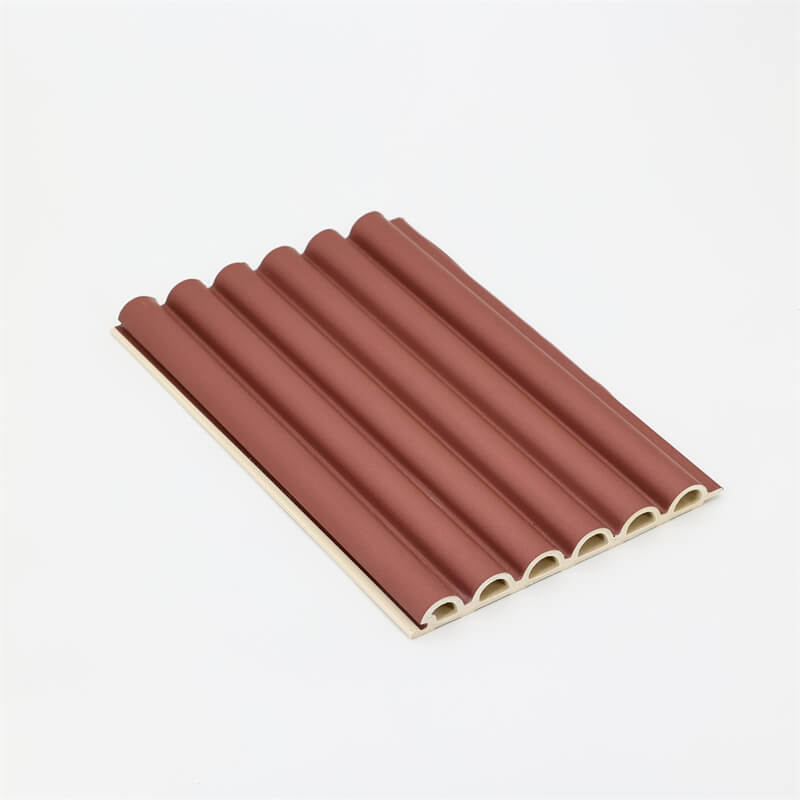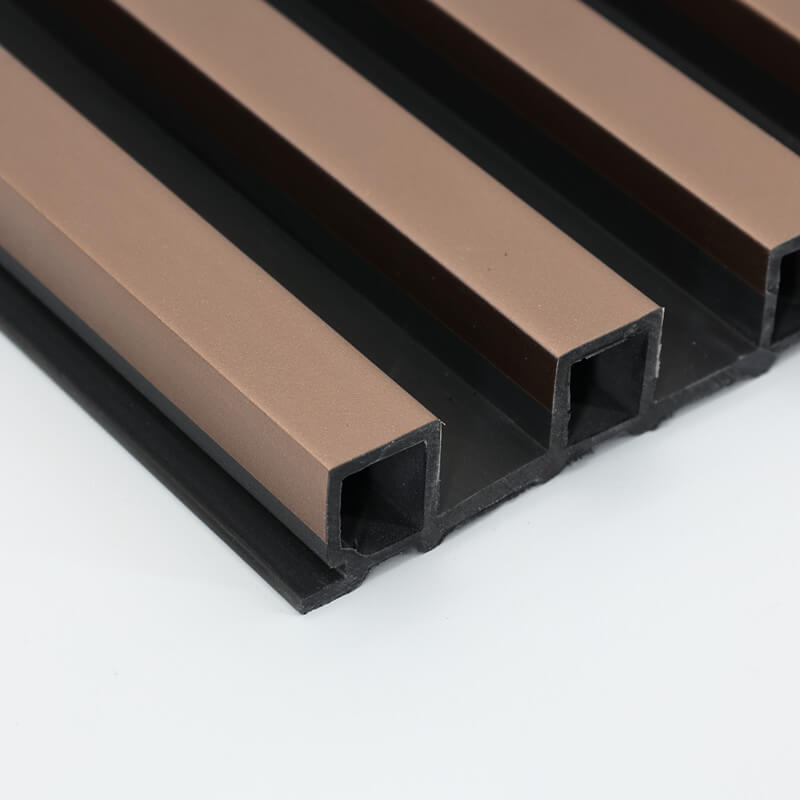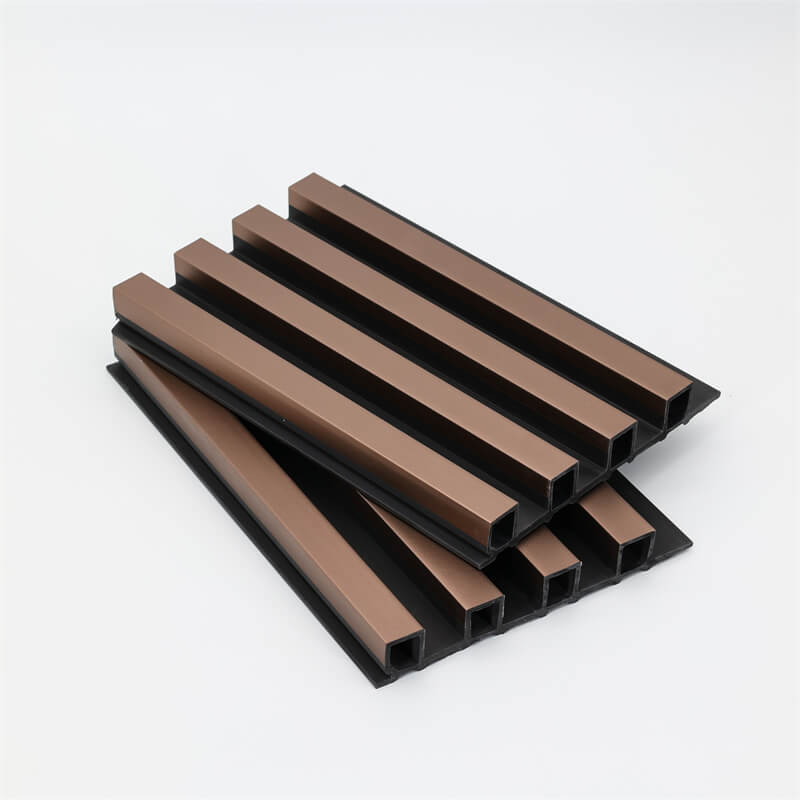
Wood-plastic composite (WPC) wall panels have gained immense popularity in recent years due to their unique combination of durability, versatility, and eco-friendliness.
These panels offer an excellent alternative to traditional materials, such as wood or PVC, and are widely used in both residential and commercial construction projects.
In this article, we will delve into the manufacturing process of WPC wall panels, exploring the various steps involved in creating these innovative and sustainable products.
Raw Material Selection: The Foundation of Quality
The first crucial step in manufacturing WPC wall panels is the careful selection of raw materials.
The quality and composition of the raw materials directly impact the final product’s performance and durability.
The main components of WPC wall panels are wood fibers or sawdust and thermoplastics, typically polyethylene (PE), polypropylene (PP), or polyvinyl chloride (PVC).
The wood fibers used in WPC panels are often sourced from by-products of the wood industry, such as sawdust or wood shavings.
These materials are selected based on their size, moisture content, and chemical properties to ensure the desired strength and stability of the final product.
Similarly, the thermoplastics are chosen for their compatibility with wood fibers, as well as their ability to withstand environmental factors.

Mixing and Extrusion: Creating a Homogeneous Blend
Once the raw materials are selected, they undergo a mixing process to achieve a homogeneous blend.
This step involves combining the wood fibers and thermoplastics in specific proportions to ensure optimal performance.
The mixture is usually done in a specialized mixer or blender, where heat and pressure are applied to facilitate the fusion of the materials.
After the mixing process, the homogeneous blend is ready for extrusion.
Extrusion is a manufacturing technique where the molten mixture is forced through a specially designed die, resulting in the desired shape and size of the WPC wall panels.
The extrusion process is crucial for achieving consistent panel dimensions and surface textures.
Cooling and Shaping: Solidifying the Panels
Once the extruded panels have taken shape, they need to be cooled and solidified.
This is typically done using a cooling bed or conveyor system, where the panels pass through a series of cooling chambers.
The controlled cooling process ensures that the panels maintain their shape and structural integrity while avoiding warping or deformation.
During the cooling process, the WPC wall panels may also undergo shaping and cutting.
This involves trimming the panels to the desired length and shape, as well as creating any necessary patterns or profiles.
Advanced manufacturing techniques allow for precise shaping and customization, enabling manufacturers to cater to various design preferences.

Finishing and Quality Control: Ensuring Excellence
The final stage in the manufacturing process of WPC wall panels involves finishing and quality control.
Finishing refers to the surface treatment and enhancement of the panels to achieve the desired aesthetics and performance characteristics.
This may include processes such as sanding, embossing, or applying a protective coating to enhance durability, resistance to UV rays, and color retention.
Quality control is an integral part of the manufacturing process, ensuring that the WPC wall panels meet the required standards and specifications.
Manufacturers conduct thorough inspections and tests to assess factors such as dimensional accuracy, strength, moisture resistance, and color consistency.
By adhering to strict quality control measures, manufacturers can provide customers with high-quality and reliable products.
The manufacturing process of WPC wall panels involves a series of carefully orchestrated steps to create durable, versatile, and eco-friendly products.
From raw material selection to finishing and quality control, each stage plays a vital role in ensuring the panels’ performance and aesthetics.
Manufacturers and suppliers in the industry must invest in state-of-the-art facilities and advanced technology to produce WPC wall panels that meet the highest standards
When considering WPC wall panels for your next construction or renovation project, it is essential to choose a reputable manufacturer and supplier.
Conduct thorough research, read customer reviews, and compare prices to make an informed decision.
By understanding the manufacturing process and selecting a reliable supplier, you can confidently invest in WPC wall panels that combine quality, style, and sustainability, enhancing the beauty and functionality of your space.
